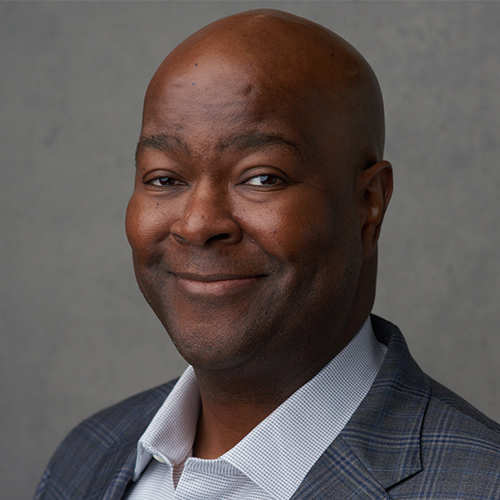3 minutes
9 “actionable learning” features to help you apply new knowledge
When CUES plans a learning event, we choose the date. We reserve a great space or employ the best available education technology. We hire the speaker. We provide opportunities for fabulous networking. But what matters most is what you are able to do with what you learn—what you are enabled to change on Monday.
Not all programs are designed to help you apply your new knowledge back in your own shop. Here are nine “actionable learning” program features to look for:
- Assessments. Participants in CEO Institute take assessments designed to gauge where they are in their leadership and what they can work on.
- Problem sets. At CUES School of Business Lending, participants regularly put pencil to paper to analyze things like a potential business borrower’s cash flow—exactly the sort of problem they’ll need to solve when deciding whether to approve member business loans back at their CUs.
- Field trips. CUES newest program, Execu/Blend, features an afternoon learning session at Deerfield Ranch Winery to help attendees determine how the lessons learned from this business can be applied to credit unions.
- Case studies. The agenda for CUES’ Supervisory Committee Development Seminar includes developing takeaways from cases that look at how to step up your audit and how to develop an enterprise risk management plan.
- Simulations. At CUES School of Applied Strategic Management, participants “run” credit unions in the safety of a computer simulation. Through this exercise they gain a practical and applicable understanding of asset/liability management.
- Tools. Participants in the Elite Access: Virtual Classroom course “Promoting a Culture of Learning” receive an assessment to use repeatedly in their organizations to measure improvements. Attendees of CUES Governance Leadership Institute—whether at the program in the U.S. or Canada—receive tools for use in director selection, board evaluation and individual director evaluation back at home.
- Homework assignments. Between the sessions of the Elite Access: Virtual Classroom course “Good Strategy/Bad Strategy,” attendees will be asked to complete homework to apply and reinforce what they are learning.
- Support for the implementation of your action plan. The Vertex Management Development program includes a monthly call with participants to review progress on their action plans, set new learning goals, and discuss and resolve challenges.
- Network. I’ve already mentioned CEO Institute, but it bears repeating here. While all classes can form a network that participants can later tap, the connections formed during the three-segment CEO Institute are especially strong. Classmates ask for each other’s opinions, experiences and perspectives about real-life credit union issues long after the program ends.
As you choose your next professional development program, I encourage you to remember that—to get the best return on your investment—something needs to change on Monday. Look for offerings employing the nine actionable learning techniques above.
John Pembroke is president/CEO of CUES. Since joining the organization in May 2013 as chief operating officer, he has helped launch a new direction in CUES’ strategy, branding and culture. Pembroke has more than 20 years of experience in branding and financial services. He holds an MBA from the University of Chicago’s Booth School of Business and is a member of the board of the Goodman Community Center, Madison, Wis.






